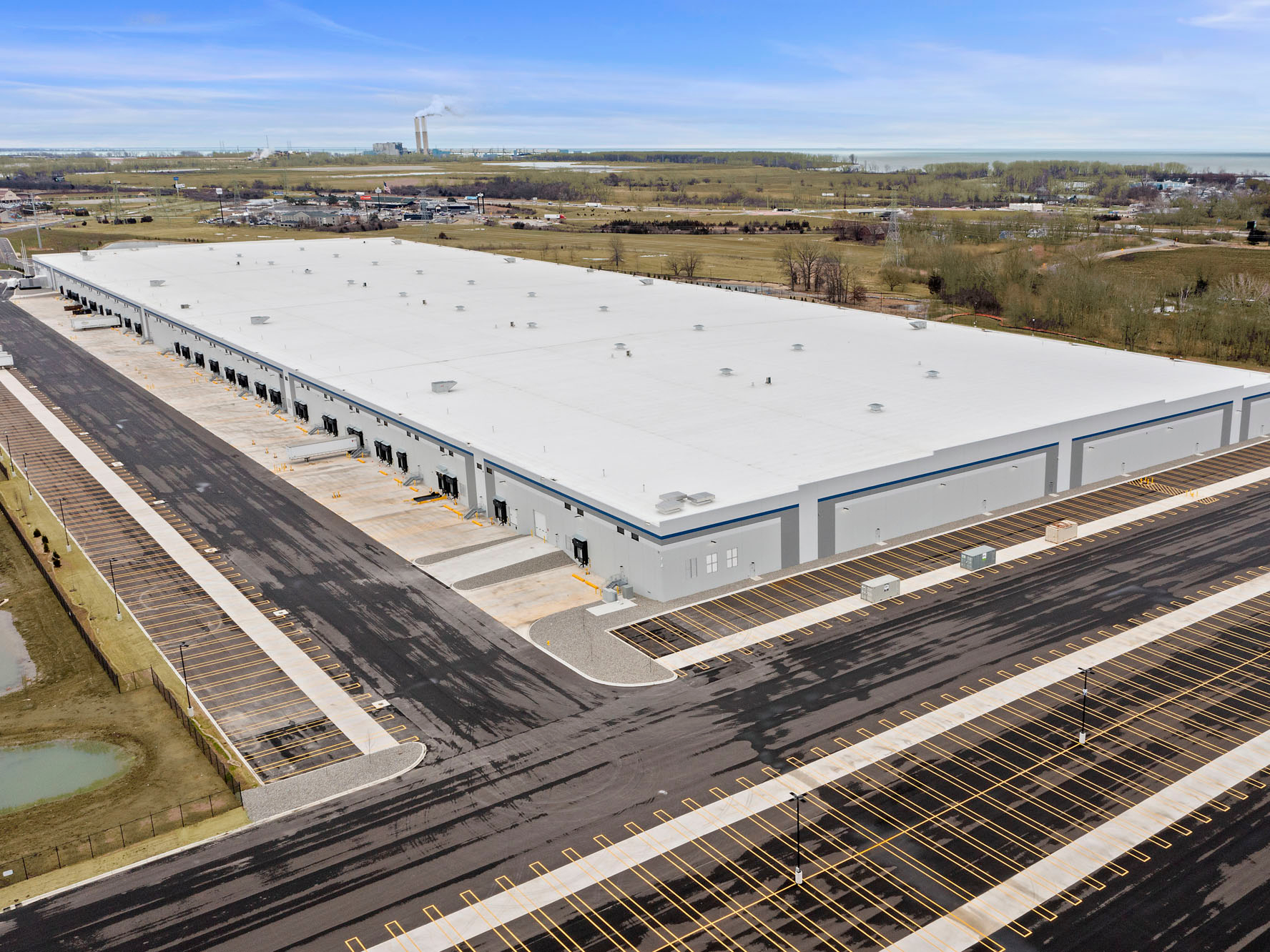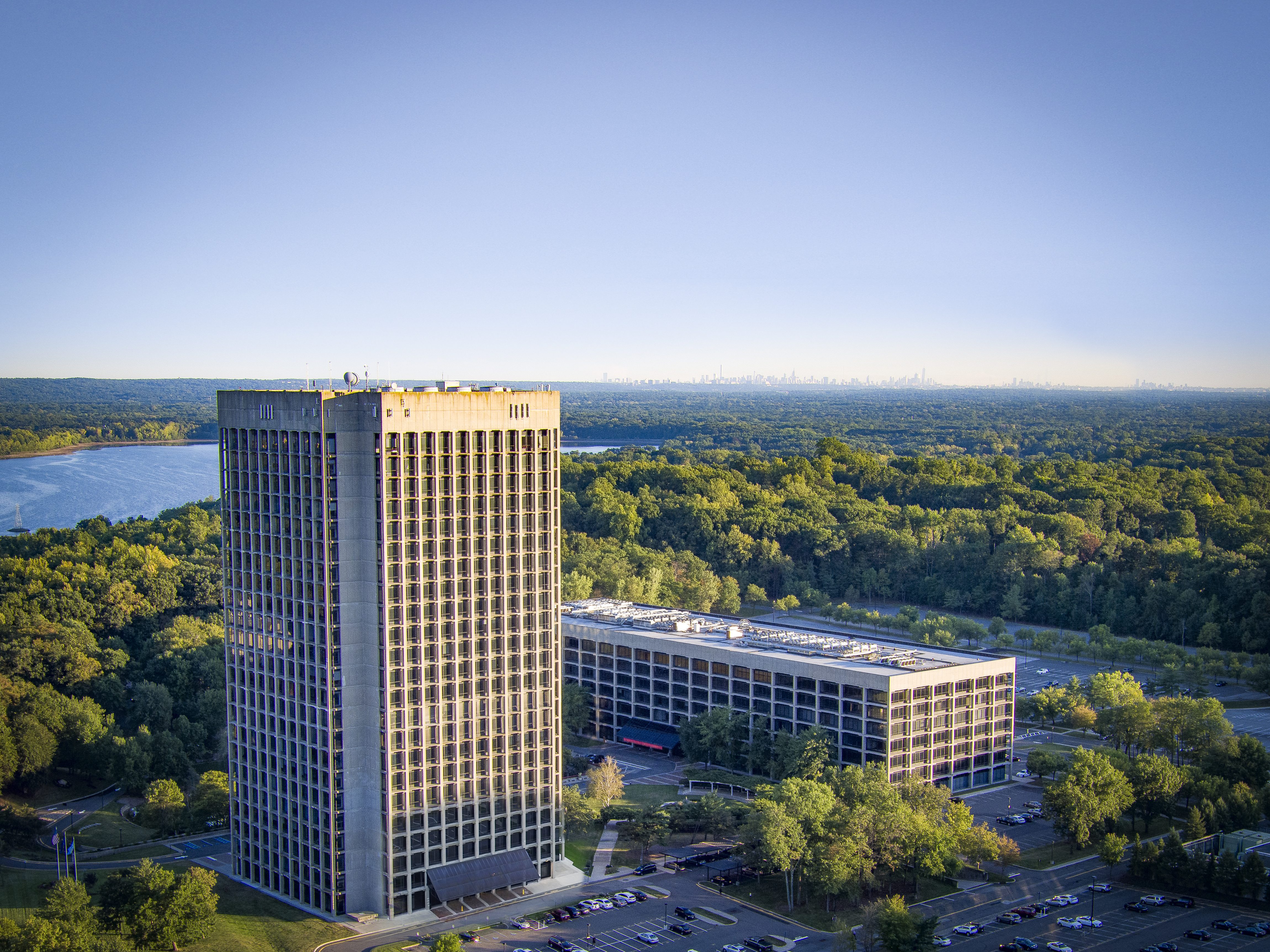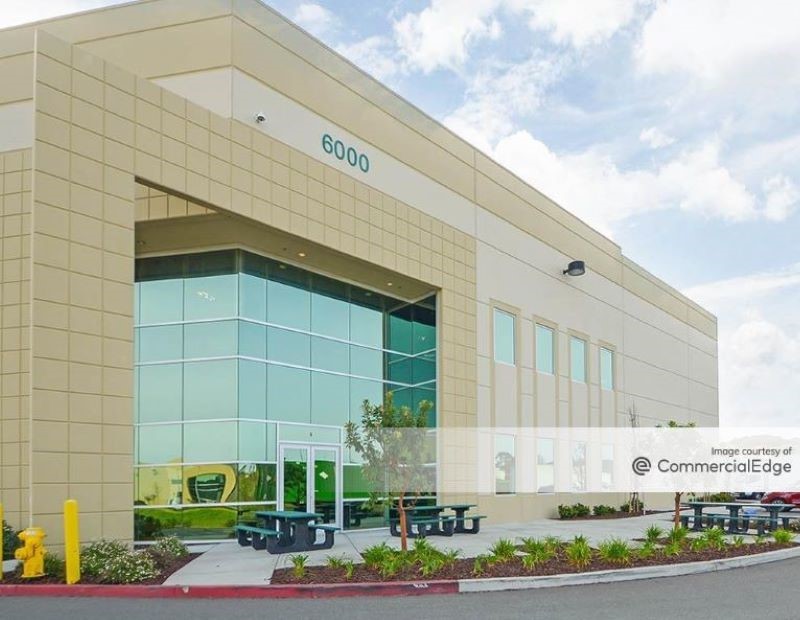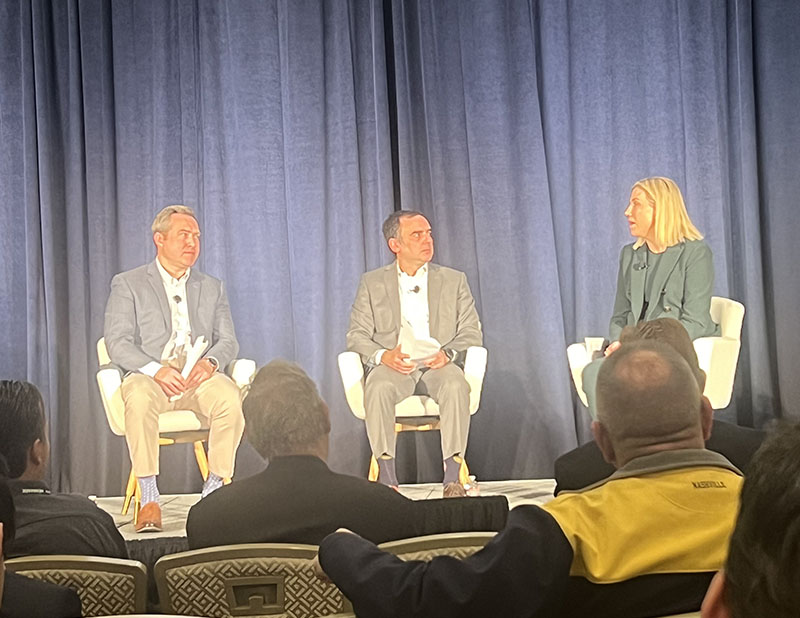Flexible Design for CRE Success
Architects are planning for change in advance, to the benefit of their bottom line.

Step right up, ladies and gentlemen. Behold the marvel of commercial real estate ingenuity! You won’t be able to believe your eyes as we transform this performing arts center into classrooms without a permit worry in sight! Explore the modern wonders of flexibility, resilience and future-proofing in the new adaptive reuse mindset.
More and more, commercial architects are designing their buildings with future changes in mind. This is going beyond thinking of modifying office space to residential at some point. They’re incorporating flexibility at the beginning of their plans in anticipation of future change.
“I think the concept of being able to build something within something else is really powerful,” Eric Hudson of Method Architecture told reporter Diana Mosher in “Designing Buildings With Conversion in Mind.” “It can save money if the original infrastructure is set up for it.”
Some ways architects are managing this is to group utilities in a location that won’t need to be moved, making the site accessible at different points and designing higher ceilings. Even if the current project doesn’t need those aspects, it will make it easier to convert the property down the line if that’s what’s required.
Not only can this save some headaches in the future but it can also be a more sustainable option. According to Mosher, if you can convert your building down the line, you might be able to extend the property’s lifespan by 20 or more years, which would create a major amount of carbon savings. And, though it might cost more upfront, you can end up saving big in the long run with flexible design.
“That’s how we see this idea of the perpetual asset,” Darrel Fullbright of Gensler told Mosher. “Once the market gets wise to this, they’ll say, ‘If you design a building that is more of a perpetual asset, it should have a longer-term value.’”







You must be logged in to post a comment.